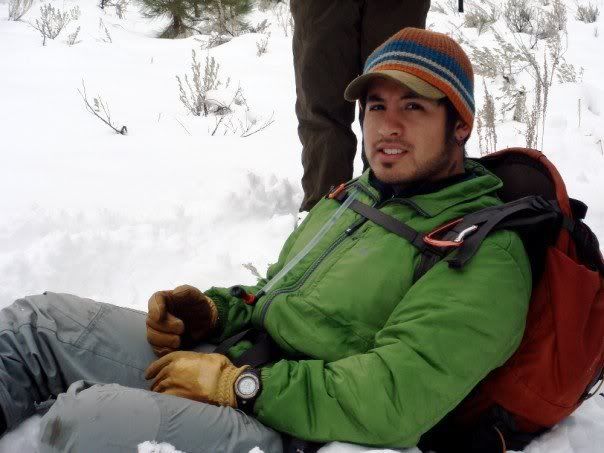What would Shacharit-Yoga look like?
I'm sitting here with all this excess energy manifesting itself as heat radiating from the palms of my hands and the soles of my feet -- hardly the first time this has happened, and not the first time I've wondered whether there was some useful outlet I could channel this energy towards, perhaps along the lines of Reiki or some such. At any rate, I thought about the idea of "spirituality through movement," which is an idea important enough to me, in theory at least, that it is part of the reason behind the Lotus flower tattooed on my back.
So I began to think about morning rituals.
The first that came to mind was Shacharit, the traditional Jewish morning prayer. Before this thought, I should say, I spent some time attempting to channel this excess energy out of my body and into the world where perhaps it could warm someone in need of warmth while simultaneously cooling down my body. So I began to think of how, for many, the favored time for meditation is in the early morning...which in turn led me to think of the Jewish form of morning meditation - Shacharit.
Built into the structure of the Shacharit service is a scaffolding of prayers often compared to the ascending of a mountain. The initial prayers begin the process of removing sleep from the eyes and warming up one's soul as the prayers continue their progression towards higher planes of spirituality and kavanah (intention). At the peak of the service is the Amidah, during which one draws into his most introspective, personal self while at the same time attempting to open up to the sense of awe and connectedness to the world (at least, that's one way that I see it). Just as a climber cannot remain forever at a mountain peak, though, Shacharit continues into the "cool-down" prayers that gradually bring the davener back into the normal, physical space from which he or she can continue their day.
The previous paragraph is of course a hugely understated summary of the structure and progression of a traditional Jewish t'fillah, but serves its purpose in that there are parallels between its structure/progression and that of meditation and movement practices such as yoga or tai chi whose goal is to integrate body, mind and spirit - moving between planes and from physical spaces into spiritual and back. After all, one doesn't begin an hour of yoga by jumping straight into intricate twists, back bends or balancing acts. And in Shacharit (or any t'fillah, for that matter), one does not just jump straight into the Amidah. Just as there are bows and rhythmic movements during Shacharit that help stimulate blood flow to the muscles as well as the brain, Yoga often begins with sun salutations and forwards bends. So I begin to think now about ways in which a practiced yoga-practitioner could develop a progression of movements that parallel the progression of prayer during Shacharit, and how, with practice, the two could become an intertwined practice of morning meditation, movement and spirituality.
This is a very early thought, and I certainly don't have enough yoga experience to put something like this together just as yet. But as I consider arenas to explore during this fellowship year in Israel, this strikes me as maybe not a bad use of some personal time to begin peeling into some deeper layers of the ideas and motifs I have deemed personally important to who I am and what I value as a Jew and as a person.

1 comment:
Two years ago, in Seattle, there was a girl who did Jewish Yoga hikes... Not quite the same but if you contacted Hillel they might be able to help find her.
I miss you buddy! Happy Birthday.
-Jacob
Post a Comment